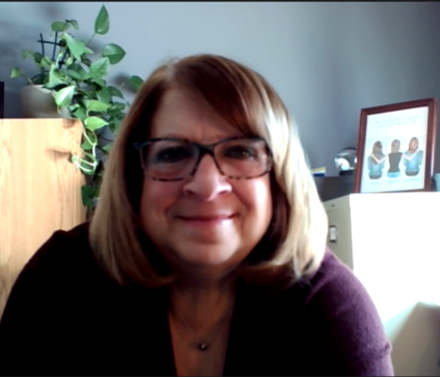Audit 2020: Introducing the Maturity Continuum Approach to Auditing
This webinar focuses on and introduces the Comparative Effectiveness Matrix, a new tool for elevating issues during audit and risk management reviews. The matrix builds upon combining best practices with audit techniques and risk management approaches that allow for business leadership and other stakeholders to realize the effect of controls within their organization. By comparing present control effectiveness status to expectations, industry best practices and ideal situations management can determine their own maturity model as it relates to risk and controls. Then, management can map progress to elevate their controls to a level commensurate with their organizations philosophy all the while linking to industry best practices that may or may not align with management philosophy.
- Understand the Comparative Effectiveness Matrix
- Applying the Matrix to current processes
- Developing industry based information sources
- Cross referencing structure to risk and controls
- Using the tool to move along the Maturity phases for organizations
- Defining steps in the process
- Determining evidence that supports positioning
- Developing action plans to move up the maturity time
To enable the participant’s communication and presentation skills, particularly regarding sensitive material or issues, this session introduces a new tool that facilitates understanding. Participants will learn to apply the Matrix to current processes based on industry based information sources. Then, cross-referencing structure to risk and controls using the tool to move along the maturity phases for organizations provides a new insight into risk management. Defining steps in the process and determining evidence that supports positioning will result in developing action plans to move up the maturity time line for the organization to achieve a level that management decides can be attained
- Auditors
- Audit Leadership
- Risk Managers
- Risk Leadership
- Executive Leadership
- Consultants
- Quality Assurance Staff
- Business Analysts
Daniel Clark. CRCMP, CISRCP, QIAL
Independent Consultant BEXCPartners.com
Dan has over 25 years of experience in Financial Services from regional banks to global giants like Citigroup and GE Capital. His early career roles included: sales, credit risk management and operations. For the last 18 years he has been fully focused on Risk Management and Internal Audit. His experience as Chief Auditor in two regional banks and as a senior officer in Audit and Risk Review for Latin America provides unique insight into management practices in and outside of the United States. He is also a recognized expert on GRC, a Public Speaker and Blogger and has written a book; Dare to Be Different: An Auditors Personal Guide to Excellence: that has been well received by the audit community.
Upcoming Webinars































































